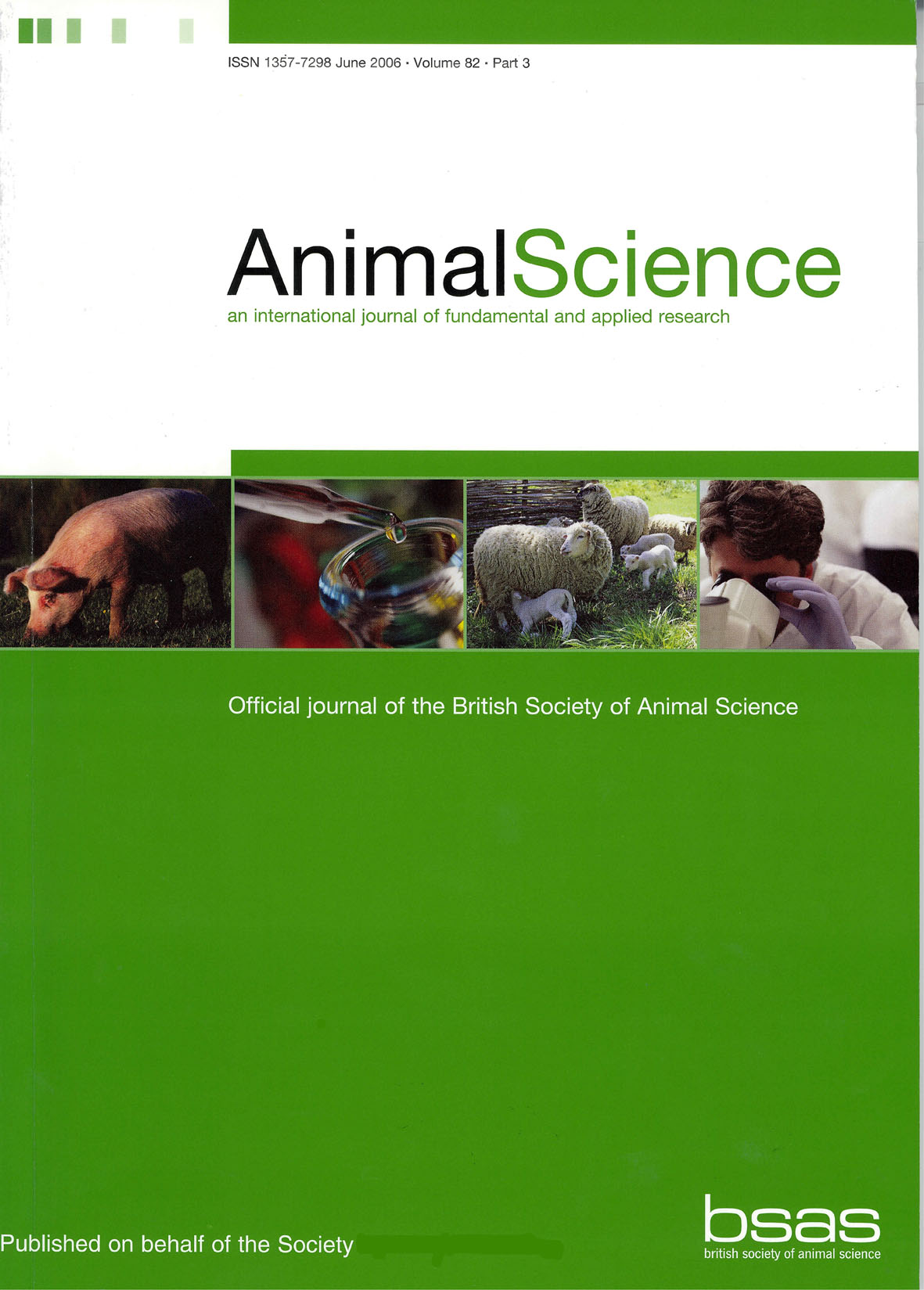No CrossRef data available.
Article contents
A note on forage evaluation for buffalo by various techniques
Published online by Cambridge University Press: 02 September 2010
Abstract
The relative efficiency of voluntary consumption, chemical composition, digestibility in vitro and in vivo, was tested for predicting the nutritive value of five forages: berseem (Trifolium alexandrinum); green oat (Avena sativa); oat hay; cow pea (Vigna spp.) and maize (Zea mays). The digestibility coefficients of dry matter (DM), crude protein, acid-detergent lignin and energy were significantly correlated with DM intake. Digestibilities in vitro of DM and cellulose after 12-h incubation were significantly related to digestibilities in vivo of DM and energy. The values for cellulose digestibility in vitro at 24 h were similar to those for digestibility of energy in vivo. Significant correlations were obtained between the crude protein content of forages and the voluntary DM intake and digestibility of nutrients. Increased cellulose and acid-detergent fibre contents were each related with decreased DM intake and digestibility of nutrients.
Information
- Type
- Research Article
- Information
- Copyright
- Copyright © British Society of Animal Science 1978

